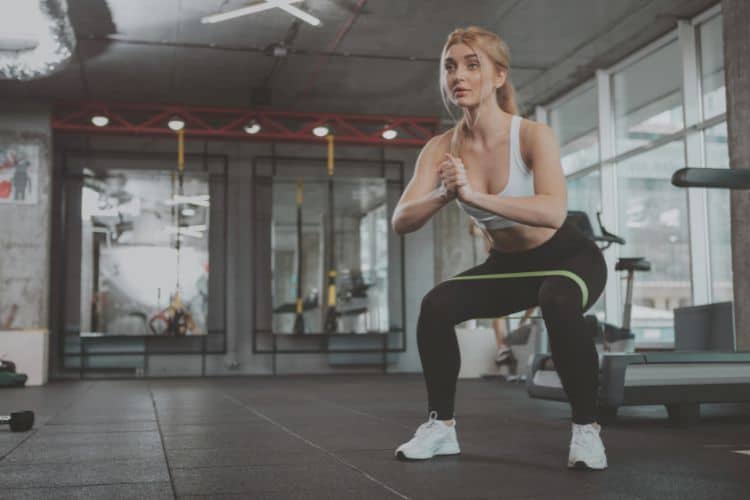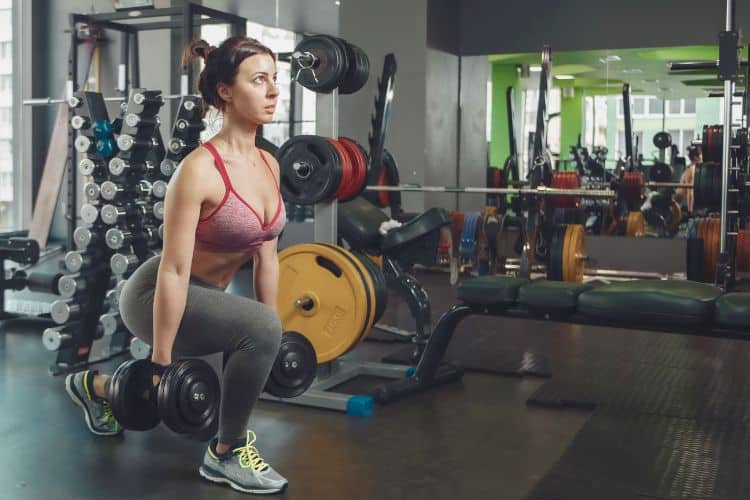Sign up for workout ideas, training advice, reviews of the latest gear and more.






As we age, maintaining muscle mass, strength, and bone density becomes increasingly important. Weight training is one of the most effective ways to combat age-related muscle loss, improve metabolism, protect joints, and support overall well-being. For adults over 50, integrating strength training into a fitness weight workout routine is not only beneficial—it’s essential for aging gracefully, independently, and actively.
This comprehensive guide covers the best weight workouts for over 50, including exercise examples, training principles, safety tips, and how to build a sustainable routine.
Sarcopenia—the gradual loss of muscle mass with age—can start as early as your 30s and accelerates after 50. Without intervention, this loss leads to weakness, balance problems, and a higher risk of falls. Weight training helps reverse this process by stimulating muscle growth and increasing strength.
Resistance training increases bone mineral density, which reduces the risk of osteoporosis and fractures. This is particularly important for postmenopausal women and aging men.
Weight training boosts metabolism by increasing lean muscle mass. It also improves insulin sensitivity, lowers blood pressure, and supports healthy cholesterol levels—critical factors for long-term health.
Correct technique is more important than lifting heavy. Focus on controlled movements and full range of motion to avoid injury and maximize benefits.
As we age, recovery takes longer. Schedule rest days between sessions or alternate muscle groups to give your body time to heal and grow stronger.
Full-body training ensures all major muscle groups are activated, which is efficient and beneficial for overall strength and coordination.
If you’re new to weight training or coming back after a break, begin with light weights and low sets. Gradually increase intensity as your body adapts.
Here are the most effective weight workouts tailored for older adults. They’re safe, joint-friendly, and designed to build strength without strain.
Frequency: 2–3 times per week
Equipment: Pair of light to moderate dumbbells
Tip: Start with 5–10 lb dumbbells and increase as you grow stronger.
Perfect for: Beginners, those with joint pain, or limited access to weights
Tip: Resistance bands are portable and provide variable resistance, ideal for progressive overload without heavy lifting.
For: Experienced lifters, or those with prior training background
Note: Always warm up thoroughly and consider professional guidance.
Tip: Use moderate weights with proper rest intervals (60–90 seconds).
Kettlebells combine strength, coordination, and cardio, making them ideal for efficient full-body workouts.
Tip: Start with an 8–12 kg kettlebell. Focus on form, especially with swings.
Structure:
Tip: Great for cardiovascular health and muscular endurance.
Always begin with 5–10 minutes of light cardio (walking, cycling) followed by dynamic stretches.
If you experience joint pain, modify the exercise. Avoid deep squats or overhead presses if they cause discomfort.
Finish each workout with gentle stretches to maintain flexibility and reduce stiffness.
Proper nutrition and hydration are essential for recovery, especially as your metabolic rate slows with age.
A certified trainer familiar with older adults can provide modifications, guidance, and help you progress safely.
Here’s a sample weekly training schedule combining strength, flexibility, and rest:
| Day | Workout Focus |
|---|---|
| Monday | Full-Body Dumbbell Workout |
| Tuesday | Light Cardio + Mobility (Walk, Stretch) |
| Wednesday | Resistance Band + Core Workout |
| Thursday | Rest or Active Recovery (Yoga) |
| Friday | Kettlebell Conditioning Workout |
| Saturday | Light Hike or Leisurely Bike Ride |
| Sunday | Rest and Recovery |
Aim for 1.0 to 1.2 grams of protein per kilogram of body weight to support muscle repair and growth.
Omega-3s from salmon, flaxseeds, or supplements help with joint health and reduce inflammation.
Older adults are more prone to dehydration—drink water consistently, especially before and after workouts.
Fuel your body with balanced meals to maintain energy and avoid muscle breakdown.
Weight training after 50 is not just safe—it’s one of the best things you can do for your health. Whether you’re a beginner or an experienced exerciser, the key is to choose workouts that suit your level, respect your body’s needs, and stay consistent.
By following these weight workouts tailored for those over 50, you’ll gain strength, mobility, and confidence to enjoy life to its fullest—every year stronger than the last.
A: Yes, absolutely! Many seniors start resistance training later in life and see incredible results. Just start slow, prioritize safety, and progress gradually.
A: 2–3 times a week is ideal, with at least one day of rest between sessions targeting the same muscle group.
A: Not at all. Dumbbells, kettlebells, or resistance bands at home are enough to build strength.
Start with just 2 sessions per week and build up as you feel stronger. Listen to your body, nourish it well, and focus on quality over quantity. The best weight workouts for over 50 aren’t about lifting the heaviest—they’re about consistency, safety, and celebrating strength at any age.
Want more effective workouts?
Subscribe to our blog or follow us on Pinterest for new routines, challenges, and fitness tips!
Stay up to date on the latest women’s health, fitness and lifestyle trends and tips.